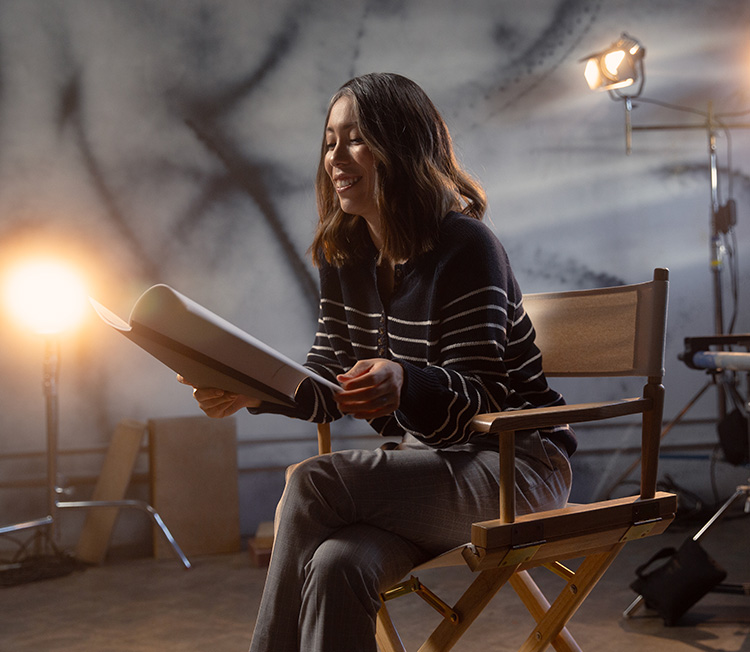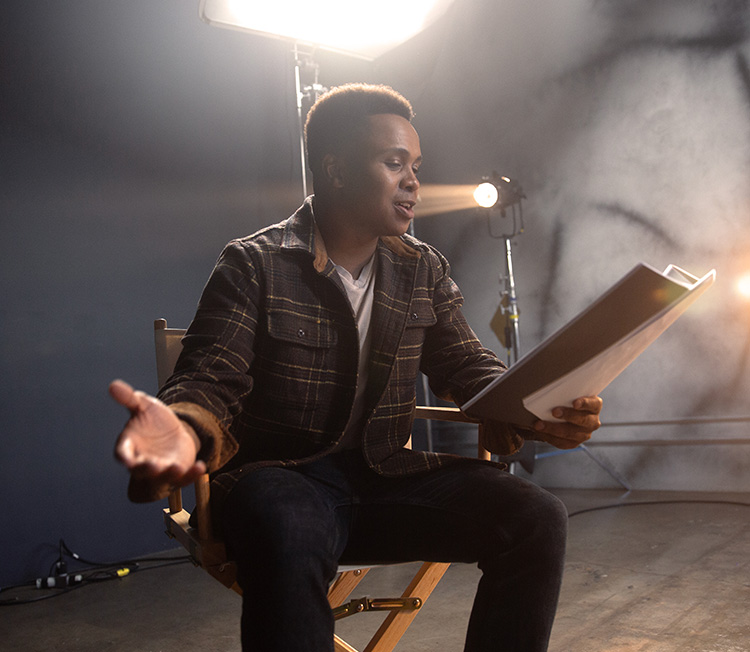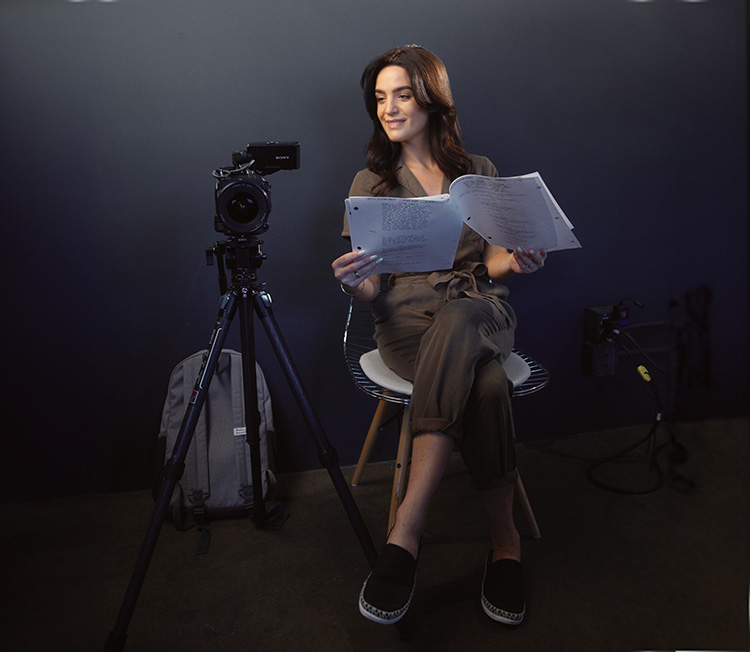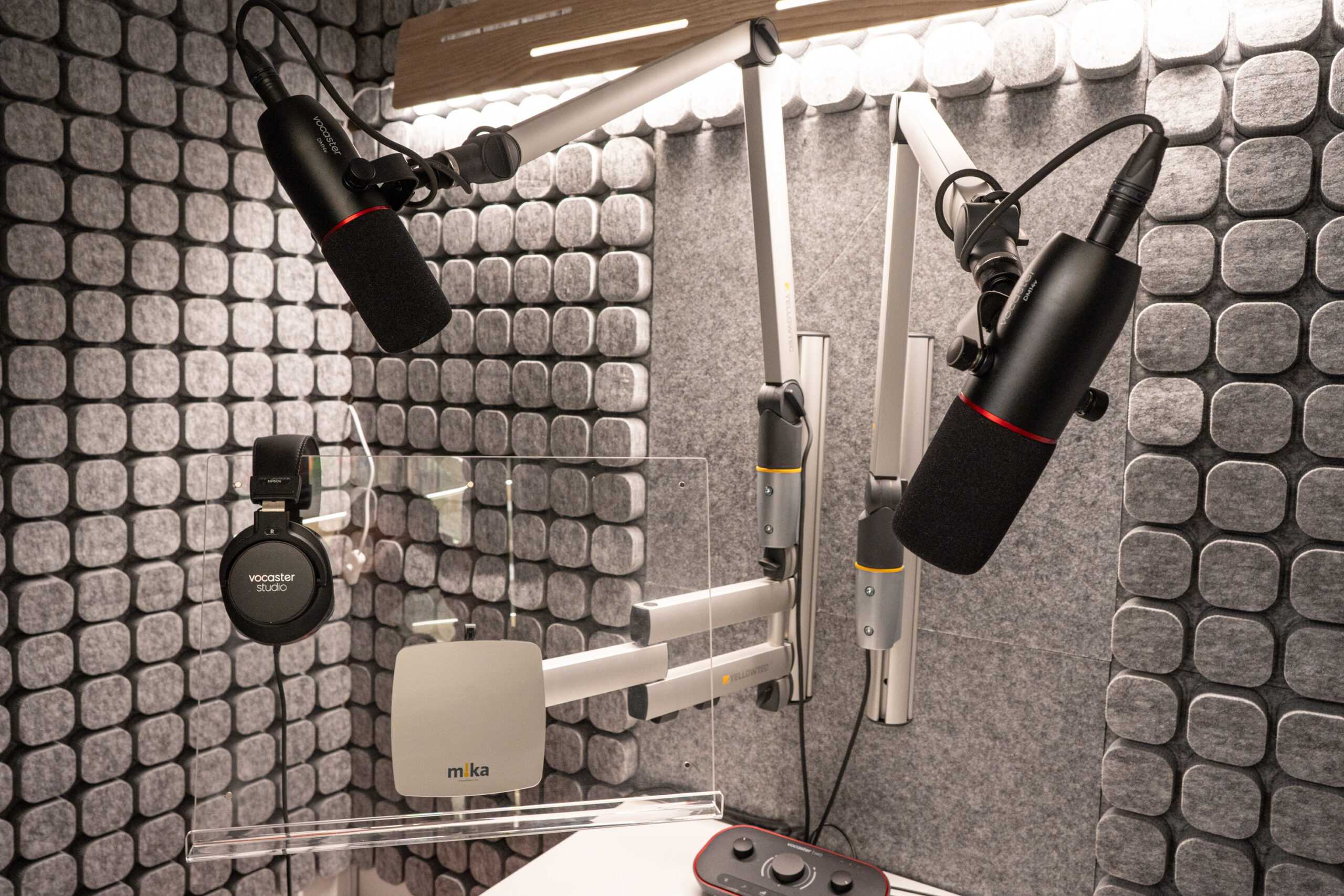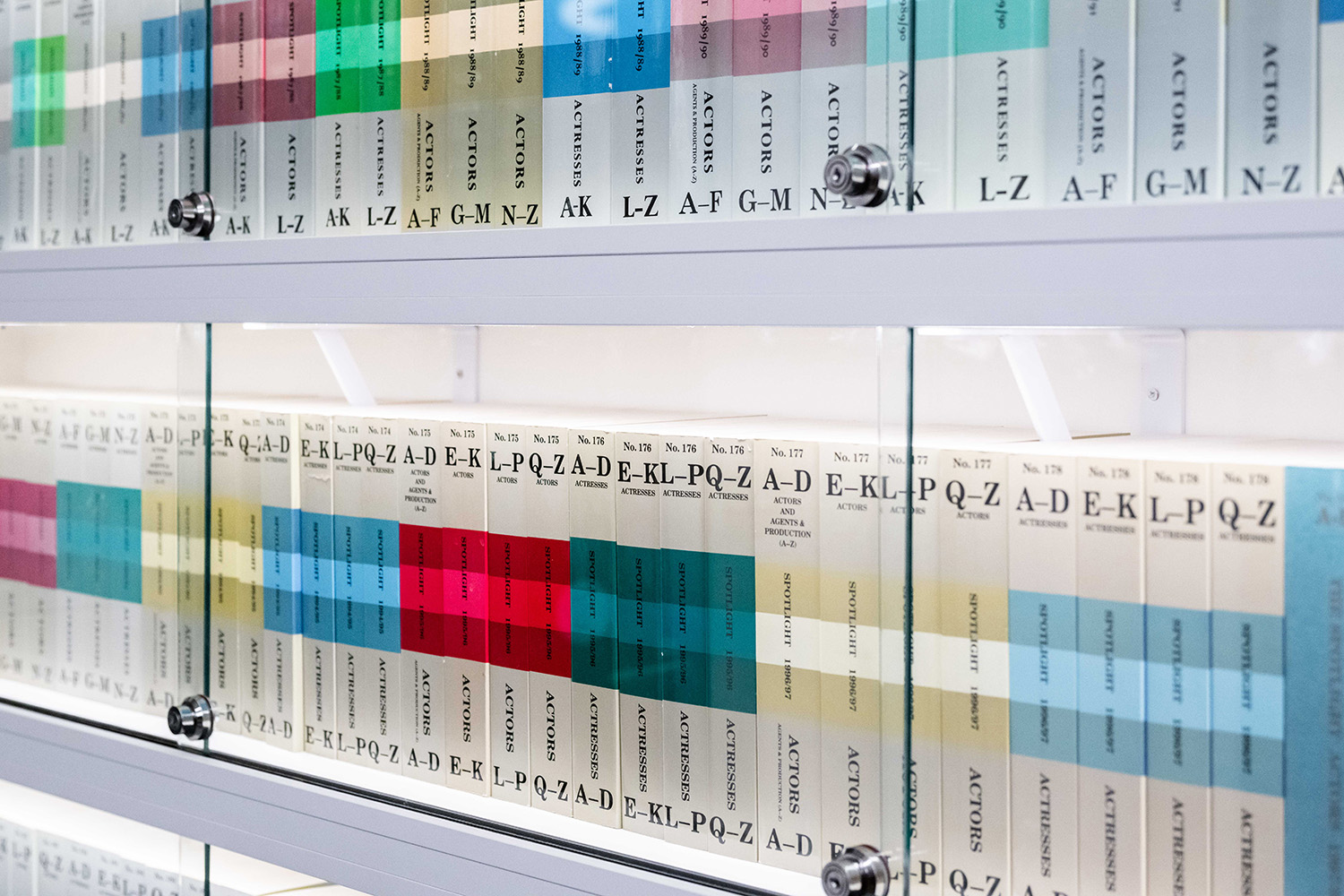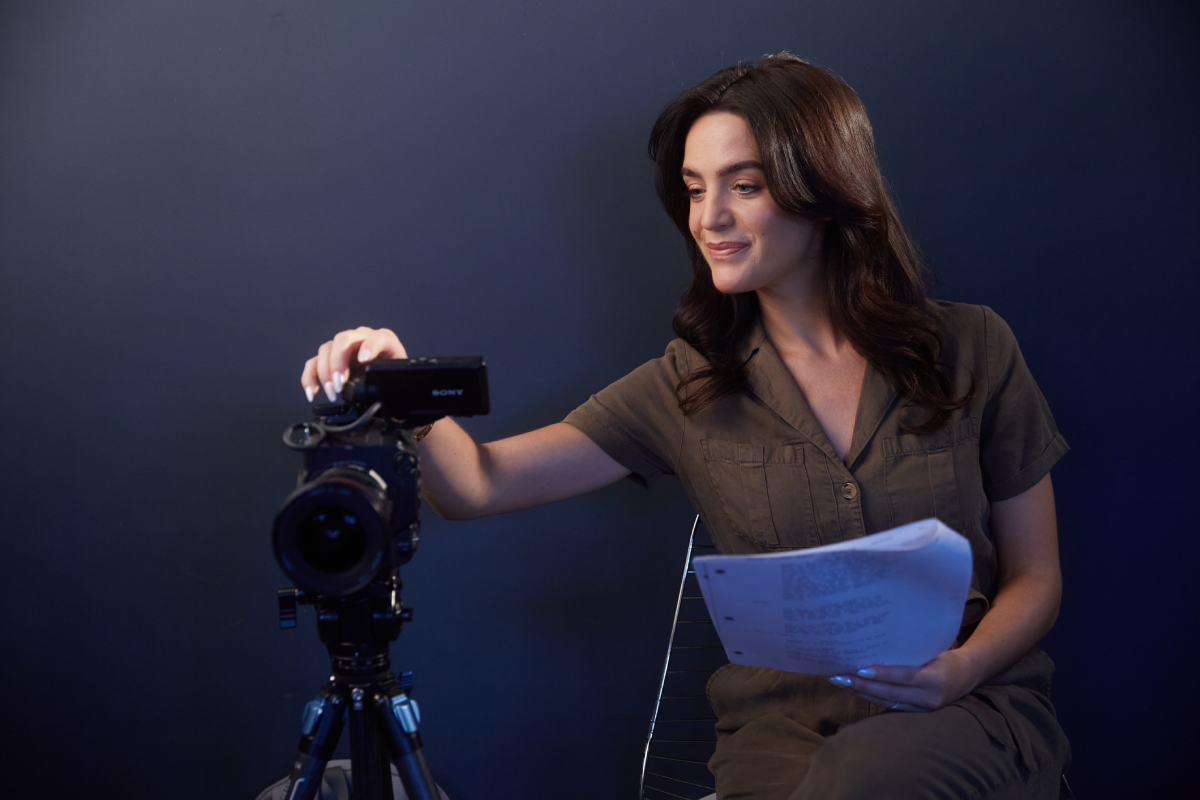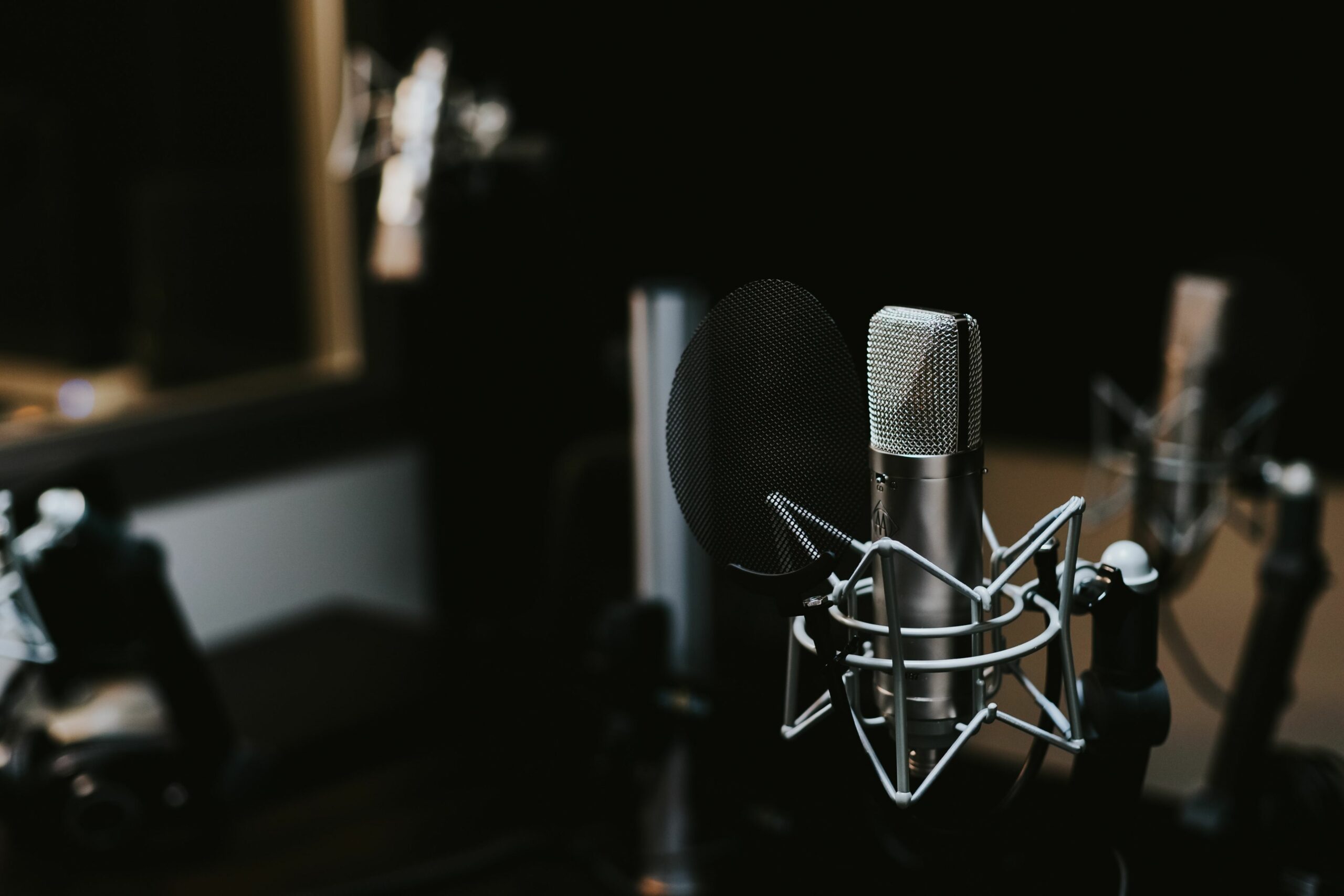Spotlight and the VoiceOver Network’s Rachael Naylor on setting up your first home studio
There is no ‘right’ time in your voice over career to set up your home studio. You could be a newcomer to the industry: inexperienced, agent-less, and getting more ‘No’s than a nasal spray. Or perhaps you’re a seasoned professional, with regular commercial work, a part voicing the main character in an upcoming video game, and aspirations to get jobs from beyond the borders of your country.
Whatever your circumstance, you might be thinking that having a home studio will be a huge benefit to your career. And although the timing of this epiphany isn’t important, putting some thought into the type of equipment you’ll be buying certainly is.
As Rachael Naylor, founder of the VoiceOver Network, shared at our recent Open House:
It is simple to get the home studio set up. You don’t need to be a whiz… It’s just a matter of getting the right equipment.
Here are the 6 key things Rachael says you’ll need to set up your own home studio:
A Computer and Software
One of the most expensive requirements – and hopefully one you’ll already own. Your computer is going to be the initial storage unit for all your recordings, plus your means of sending them to clients. You’ll want to ensure you have a backup as well, whether it’s external (i.e. a plug-in device) or in the cloud (Google Drive, Dropbox or similar).
Add some appropriate software, and now it can be used to record, edit and tidy your sound clips as well. The newcomer might be interested in the free recording software available online, such as Audacity. Such software is basic and easy to use, plus it will be a great tool to practise on before moving onto something a bit more complicated – the software the experienced professional might consider going for. If your interests are more advanced (e.g. you want to mix your own commercial) then you’ll need to bite the bullet and pay for some software that includes pro tools.
A Microphone
A condenser microphone is ideal for voice over. They have a stronger audio signal, which means they will pick up a greater range of sound. Definitely useful to showcase all the quirks your voice has to offer! You will also need a microphone stand (which should hopefully come with the microphone).
For the professional, buying this microphone is a no-brainer. But the newcomer might also consider another type: the USB Microphone. This won’t result in the same high-quality sound, but it is useful for an artist on the go, and can be plugged directly into a computer. Which would allow the newcomer to potentially skip buying the next key item…
An Audio Interface
The audio interface will act as the middleman between the computer and the microphone. Simply plug the microphone into the interface using the XLR cable (which should be included with the interface) and the microphone’s soundwaves will be converted into a digital format on your computer.
With the USB microphone, the newcomer may have avoided buying this (for now), but they should by no means consider this to be a permanent compromise.
Just starting out super, super cheap you can get a USB, but you would be better off getting an audio interface. You can do more with the sound, and the sound will be better quality.
A Pair of Headphones
Proper, comfortable headphones. Headphones that you can happily wear for hours and hours. Because that’s how long you’ll be wearing them for. Wired headphones still largely offer the best quality for the money, but Bluetooth is catching up.
A Pop Shield
The pop shield will be attached to the front of your microphone to reduce ‘popping’ noises, like the type you may have heard when taking recordings on your phone. One of these will add to the clarity of the sound of your voice.
A Good Recording Environment
What you need to do is think about where in your house is going to be a good place to record. The quieter the better.
The final item on the list is the most important, and also perhaps the most difficult to find: a good recording environment. Your environment needs to be comfortable, it must be somewhere you’re happy to spend hours of your day, and most importantly, it has to be quiet. A pop shield won’t be able to mask the sounds of car horns and cupboards banging. Be aware of external sounds, but also of sound quality in the room. You don’t want your recording distorted by reflections and echoes of sound bouncing within the space, any more than you want the sound of your microwave beeping in the background.
There are plenty of soundproof but expensive options to consider here. An empty corner of a room could easily be filled with a sound booth, or a whisper room, or a studio brick. These can cost anywhere around £4,000, but for an artist who has a regular, comfortable income from voice over work (and the space to spare), the cost may be worth it for this soundproof, comfortable and customisable space.
As a newcomer, however, you can make do with the spaces already available. Under the stairs, basements, cars, or even cupboards (full of clothes to soak up sound) are all appropriate spaces to record in. The important thing is to choose an area that isn’t in the way, or else you may find yourself having to set up and take down your home studio every day.
When I started sixteen years ago… you could be looking at thousands and thousands – like tens of thousands of pounds to have a home studio. You can now set up a home studio for about £200.
Rachael Naylor, who has been both a newcomer and a professional in her voice over career, offers anyone looking to create their own home studio this final advice:
There’s no point in spending a lot of money to start with… It just takes time to invest in.
As with any business, it is vital to test whether there is the potential for success before investing heavily in it. Start with the basics, and once you have confirmed that this is a career that can provide you with regular income, you can gradually upgrade. You may start as a newcomer in the cupboard under your stairs, but hopefully, over time, you’ll end up as a professional with the home studio of your dreams.
Read more about voice work online or ask us any of your questions on this growing part of the industry on Twitter.

